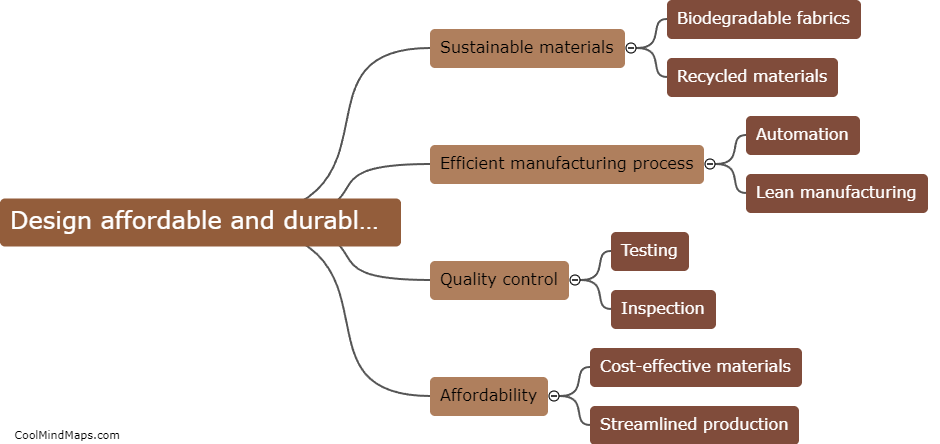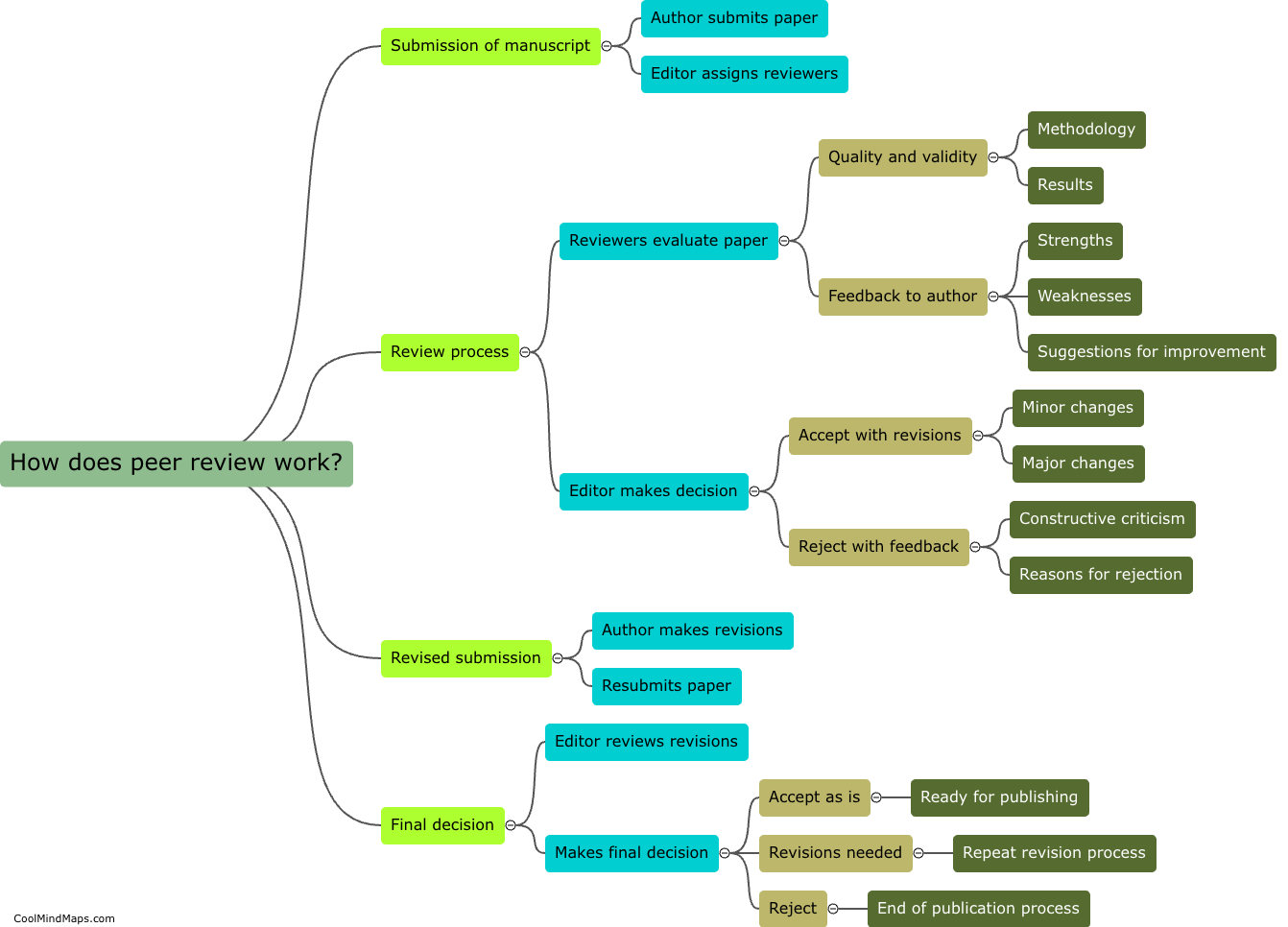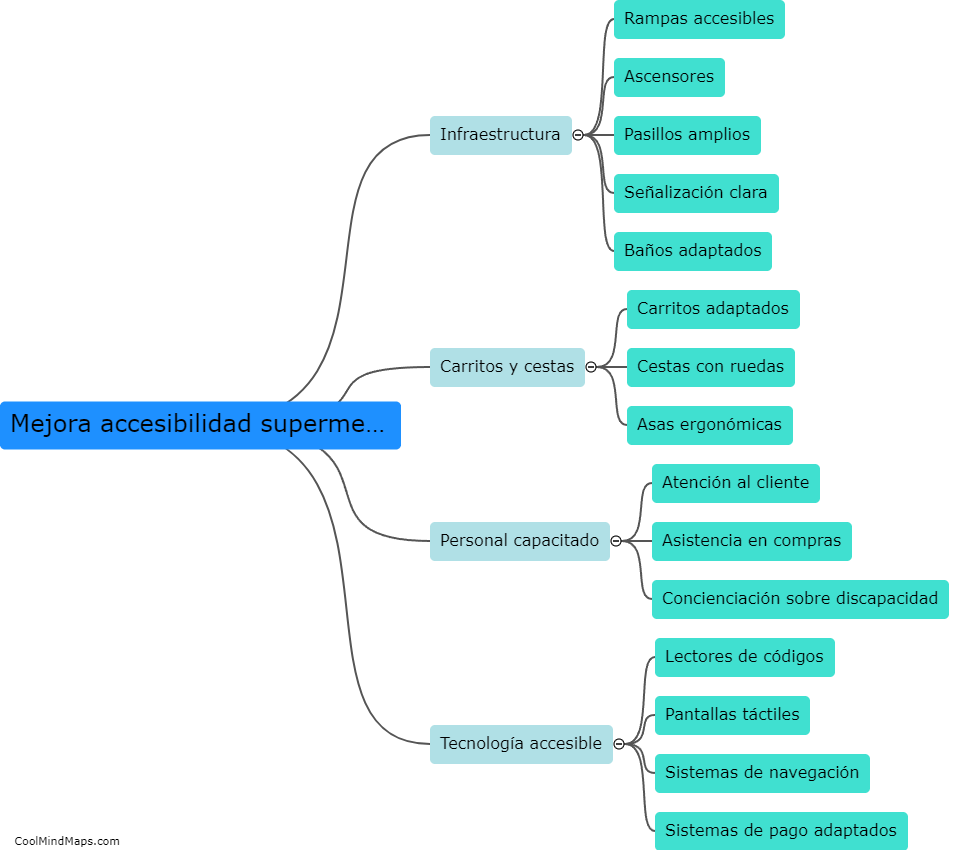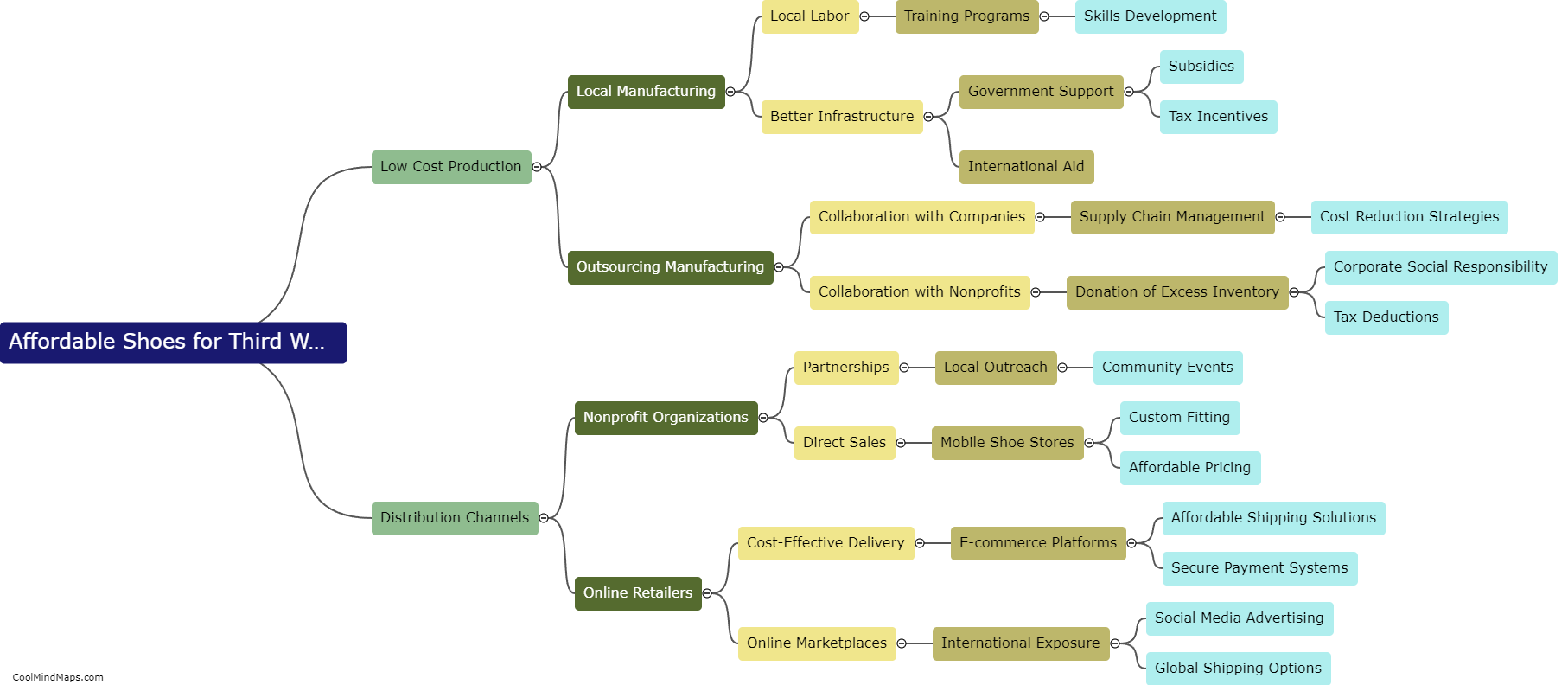How can we design affordable and durable shoes?
Designing affordable and durable shoes requires careful consideration of material selection, production processes, and design functionality. First, by using cost-effective yet durable materials such as high-quality synthetic fabrics or recycled materials, production costs can be reduced. The design should also prioritize durability by reinforcing critical areas susceptible to wear and tear and choosing sturdy construction techniques. Additionally, incorporating modular or interchangeable components can extend the shoe's lifespan, allowing for easy repairs or replacement of worn-out parts rather than buying a new pair. Finally, ergonomic design principles should guide the creation of comfortable and supportive shoes that promote foot health and reduce the risk of injury, ensuring long-lasting wearability. By combining these strategies, it is possible to create shoes that are affordable, durable, and sustainable, meeting the needs of both consumers and the environment.

This mind map was published on 16 October 2023 and has been viewed 92 times.











